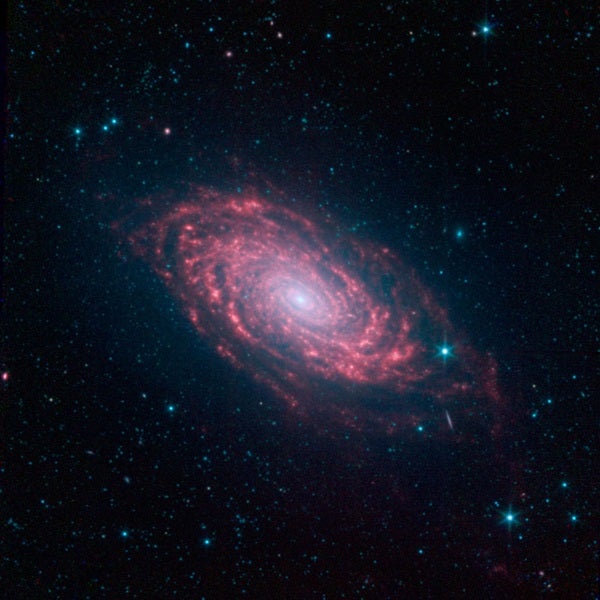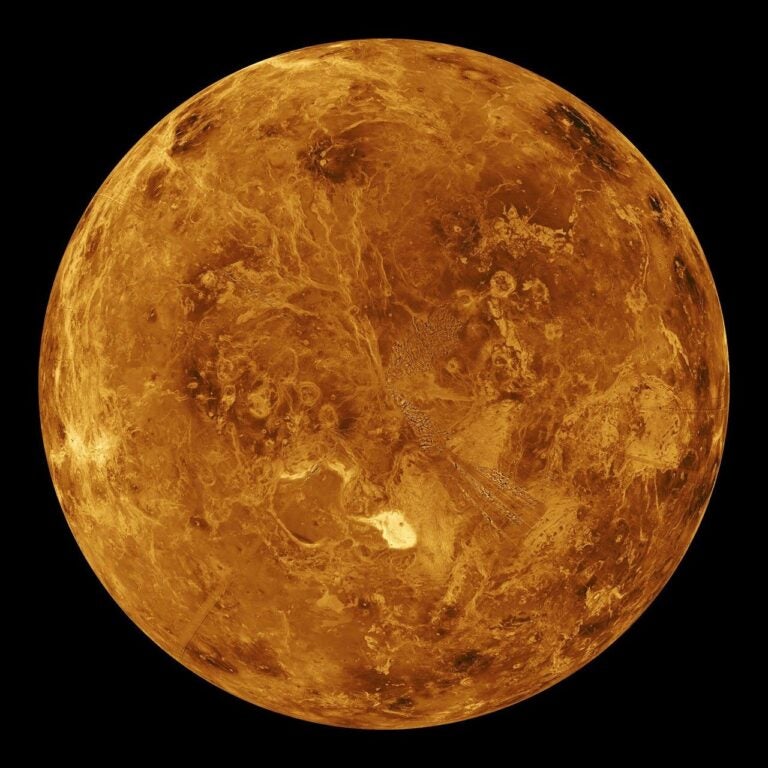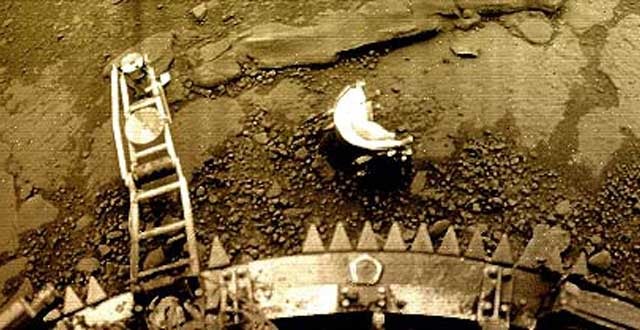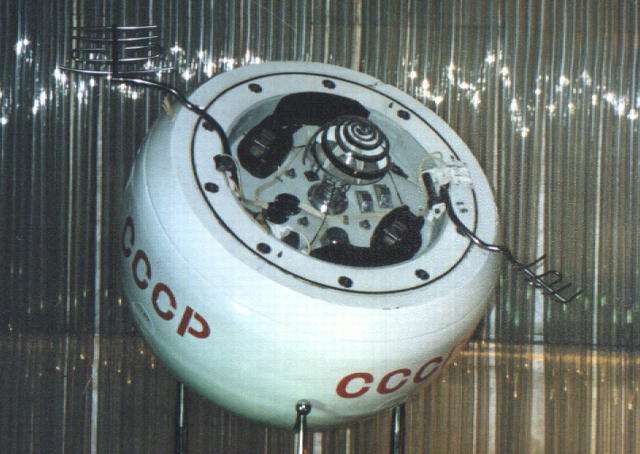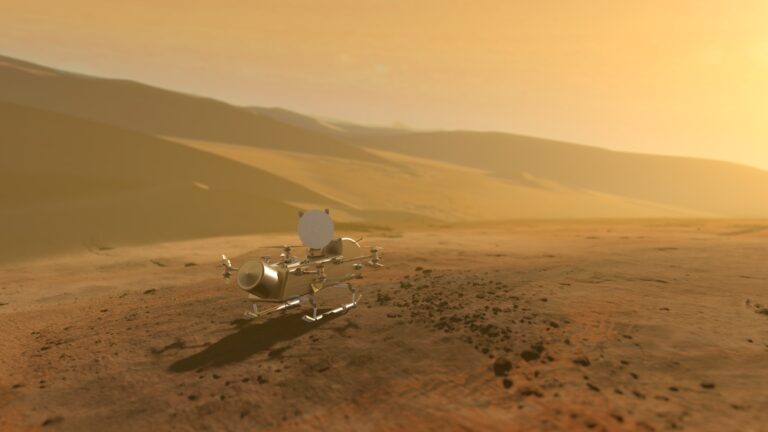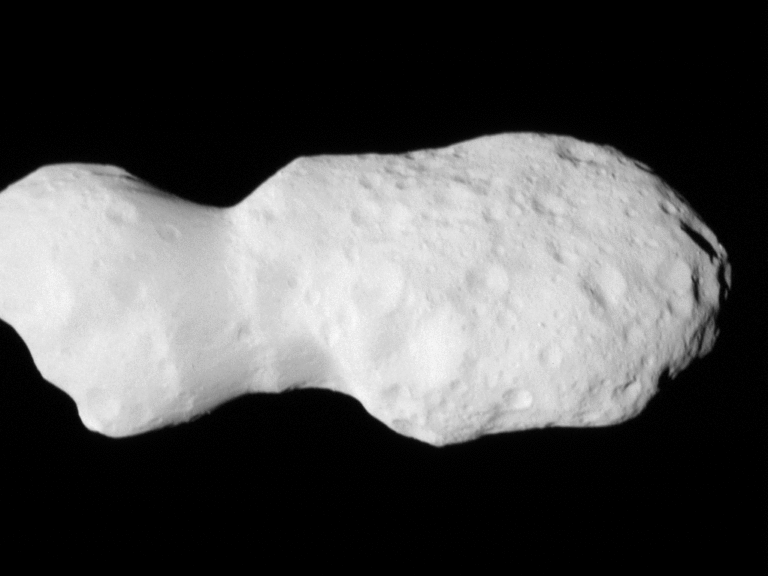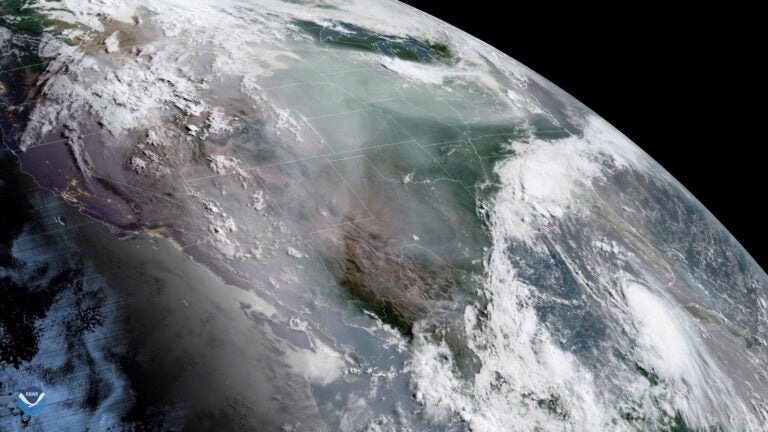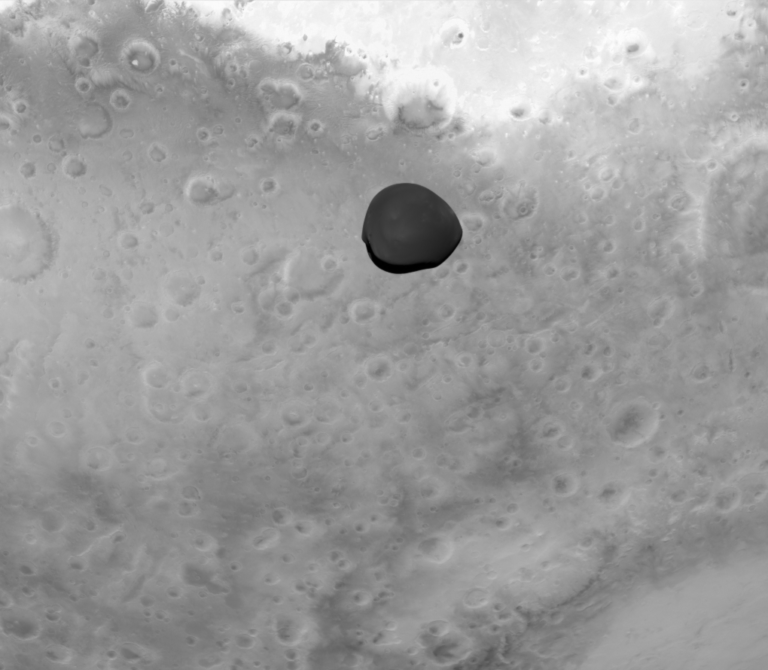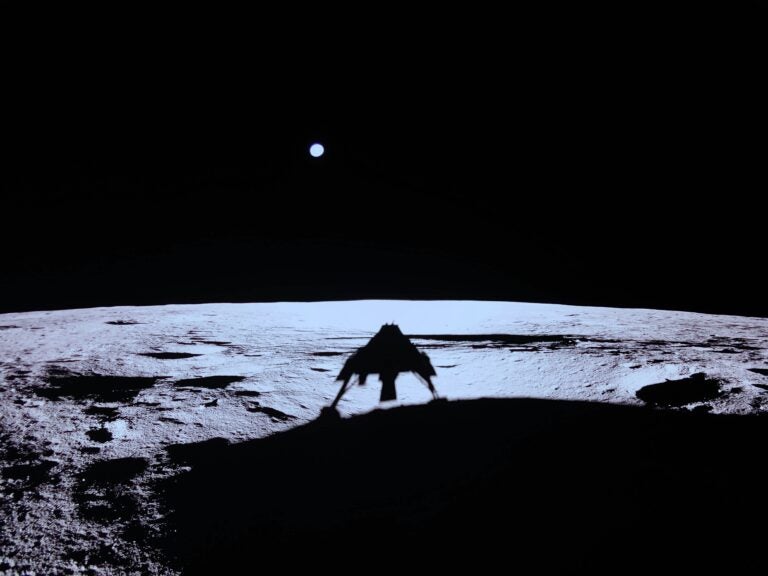In “Spitzer’s galaxy show,” Robert Benjamin explained the recent upheavals and breakthroughs in galactic research made possible through Spitzer Space Telescope observations. Naturally, several Spitzer images accompanied his words, illustrating the main points. Many of the orbiting observatory’s photos, however, also possess the added benefit of being aesthetically pleasing. Whether it’s a (relatively) nearby galaxy shown in unbelievable detail, an unusual structure hidden deep within a distant object, or the aftermath of two or more galaxies hurtling toward each other, each of Spitzer’s images has a definite visual grace. Here are 15 more examples to complement Benjamin’s explanations of Spitzer’s amazing work.
Click on an image to see a larger version along with a caption describing the photo.

